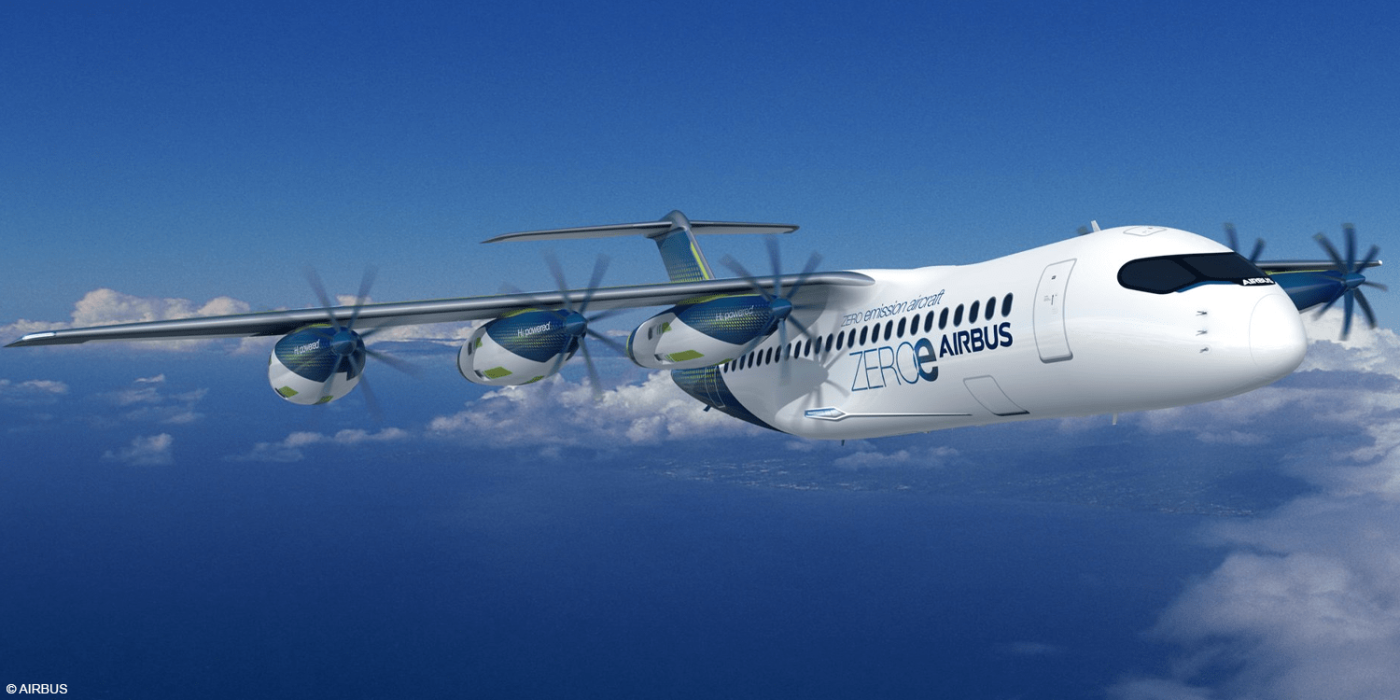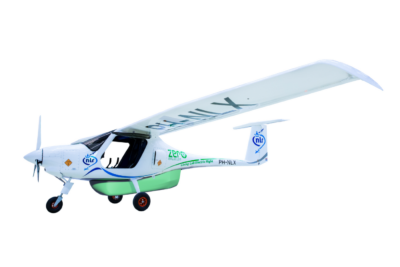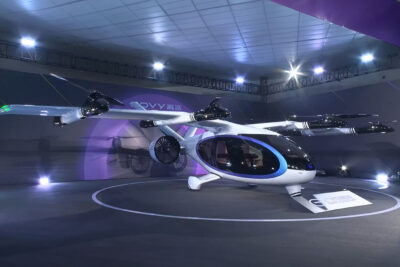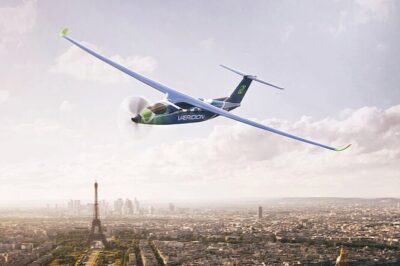Airbus presents ZEROe fuel cell concept
Airbus has unveiled a new configuration as part of its ZEROe programme that could enable passenger aircraft to fly further than ever before with zero emissions. The so-called ‘pod configuration’ consists of six detachable fuel cell propeller propulsion systems mounted under the wings.
In September, Airbus had given details of new hydrogen-powered aircraft studies. The aircraft manufacturer unveiled three concepts for the world’s first zero-emission commercial aircraft that could enter service by 2035. All of these concepts, code-named ZEROe, rely on hydrogen as the main energy source, but each takes a different approach.
Now Airbus is providing an update on its future programme, showing a new ‘pod’ configuration and saying it is currently conducting studies to assess how scalable such an approach would be for large commercial aircraft. “The ‘pod’ configuration is essentially a distributed fuel cell propulsion system that delivers thrust to the aircraft via six propulsors arranged along the wing,” expresses Matthieu Thomas, chief aircraft architect for the ZEROe programme. “Hydrogen fuel cells have very different design considerations, so we knew we had to come up with a unique approach.”
Each pod is essentially a self-contained propulsion system equipped with an eight-bladed propeller, electric motors, a fuel cell, power electronics, a tank for liquid hydrogen, a cooling system and a suite of assistance devices. “Hydrogen and air are supplied to the fuel cells to generate electric current. Power electronics convert the current to power the electric motors. Thanks to this energy, the motor shaft rotates, thereby turning the propeller,” Airbus said in an accompanying release.
The pods, in turn, can be removed, which the developer calls a “striking feature.” They could be disassembled and reassembled in record time, he said. This, he said, provides a practical and quick solution for maintenance and possibly hydrogen refueling at airports.
Airbus says it has applied for a patent for the ‘pod’ configuration, but at the same time warns against expecting too much: “A lot of work still needs to be done to determine whether this configuration could be a suitable solution. For now, it remains one of many exciting technology options Airbus engineers are considering.” Airbus plans to make a decision on which concept will be brought to market in 2025.





0 Comments